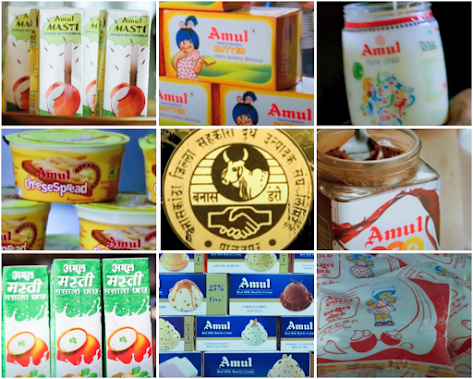Role of Rainwater Harvesting In Upland Areas
Rainfall distribution has been observed to be erratic and unpredictable. Although almost the same quantity of rain pours every year, the greater amount of rain pours in a shorter period of time with a long duration of dry spells. Weather patterns becoming ambiguous, have resulted in difficulty in the timing of agricultural activities, especially in uplands where farmers rely on rainwater for irrigation. In the upland area, farmers are very dependent on rainfall for water for their crops, and since they can grow crops seasonally that results in very minimal income from their farm, due to the limited water supply. So it is totally clear that water management and supply is a major problem for upland farmers.
To solve this issue the best way is rainwater harvesting. Rainwater harvesting can be done by creating artificial lakes, creating wells, and ponds on leveled land. Eventually, it is done by using digging machines like backhoes bulldozers, and others but it is expensive on the part of smallholders in the villages. Which has no financial capacity to pay for the cost of the machines. These smallholders use local resources such as the conventional moldboard plow and the making and use of an animal-drawn scoop or scraper were found. As raised in making ponds and expensively with this rainwater harvesting can be done by smallholder upland farmers. Making this adapted to climate change, as it reduces. If not, eliminate planned agriculture rich due to current climatic variability.
The use of a rainwater harvesting system is very effective and provide a source of irrigation water for farmers in the upland area mainly in long dry spell due to climate change. It has helped farmers to produce crops during the off-season because of the availability of irrigation water even during long dry spells. Crops being produced during the off-season command better prices in the market, providing farmers with better income and a better livelihood.
In the water harvesting pond, commercial rearing of fish is also becoming popular among farmers. It motivates the farmers to enhance their knowledge, income, and livelihood. This reduces the dependence of the farmers on a single source of money. Fish culture is incorporated into the system of rainwater harvesting increasing the nutrient of ponds, This is an advantage to smallholders as it addresses part of the nutrient requirement of crops irrigating with it. This encourages the farmers to keep both for better growth and good income.




Comments
Post a Comment